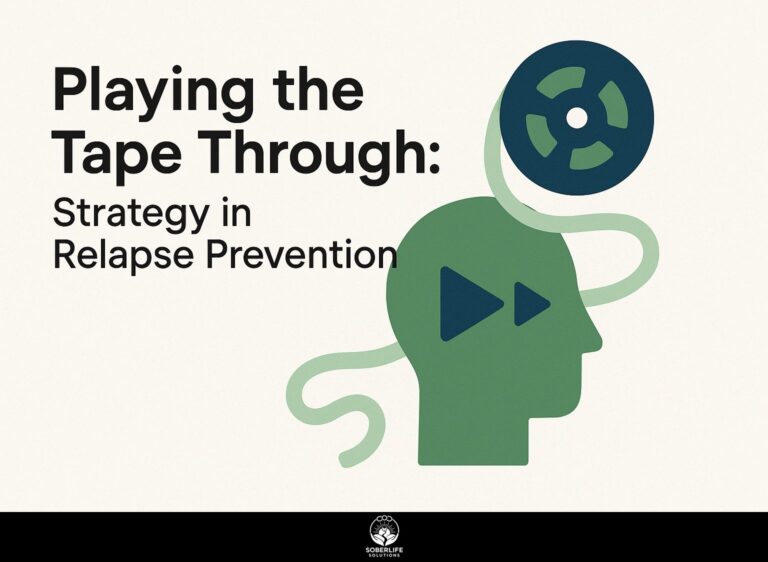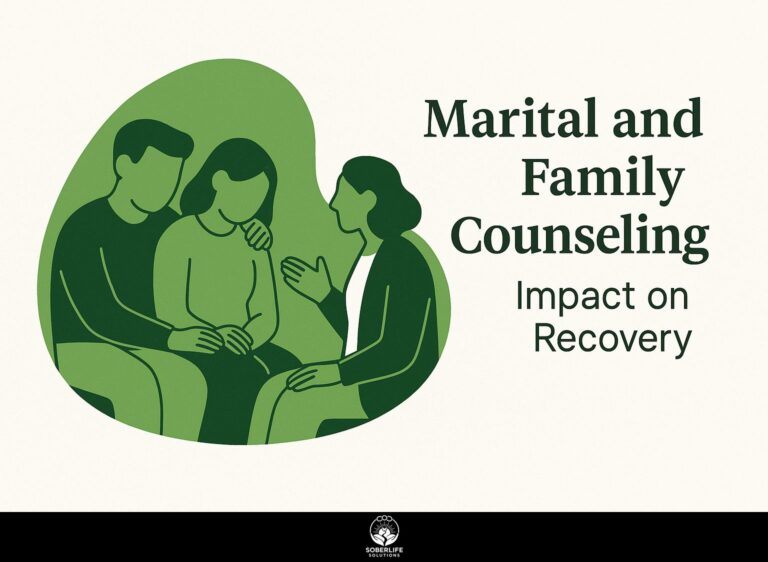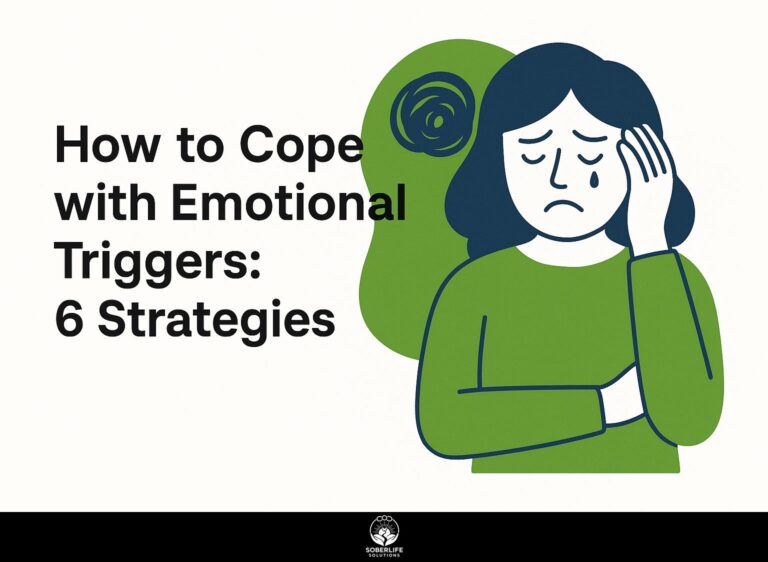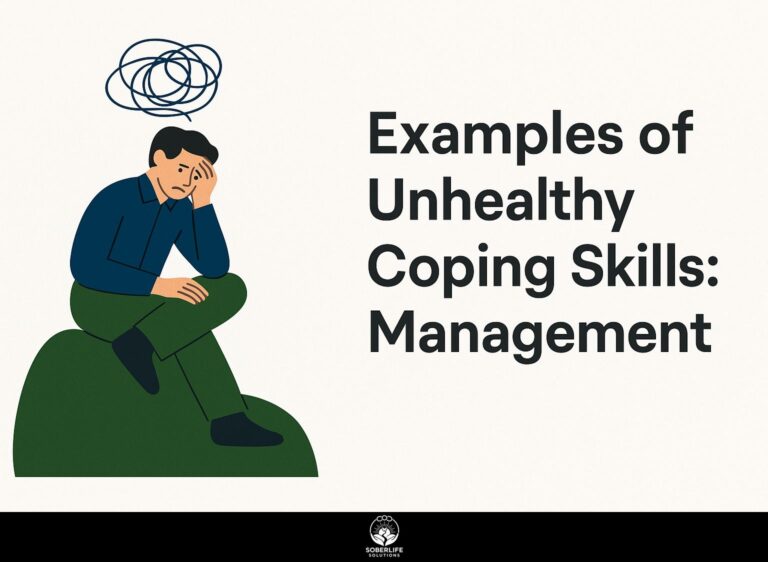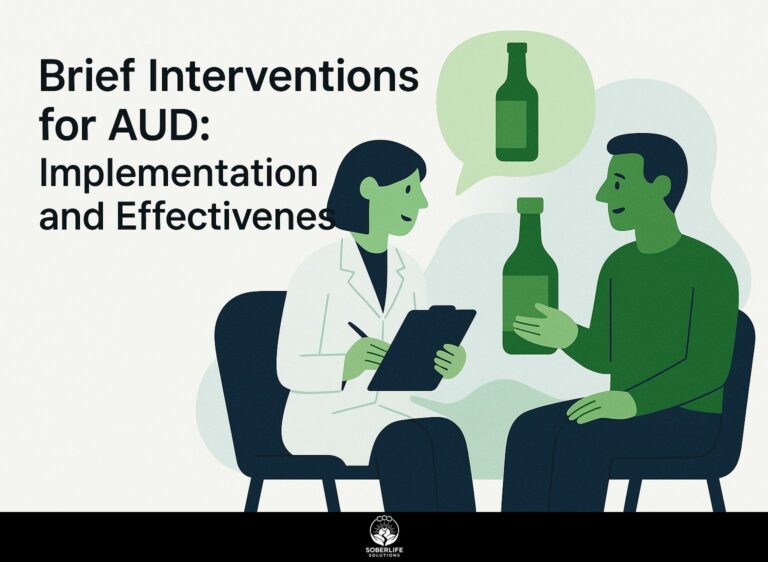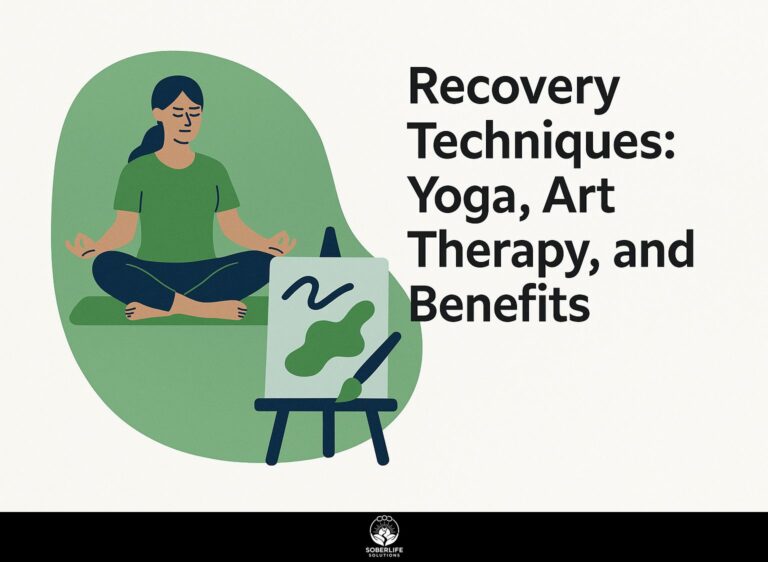Online Therapy: Tools and Benefits
Introduction to Online Therapy
As more individuals look for online mental health options, online therapy emerges as a viable choice compared to traditional inpatient care. This method uses the internet to connect people with mental health professionals, making it very convenient. In this article, we will examine the main features of online therapy and outline its advantages, helping you make informed choices about your mental health.
Key Takeaways:
- Online therapy provides convenience with tools such as video calls and messaging, allowing more people to access mental health support compared to traditional methods.
- Online therapy allows people to feel safe and anonymous, which can motivate those who might feel nervous about attending face-to-face sessions to get the help they need.
- As technology changes, online therapy is developing new tools and methods that could change mental health care.
Definition and Overview
Online therapy means providing mental health support through the internet, such as video calls, text messaging, and self-help resources for different mental health issues.
Common types of online therapy include Cognitive Behavioral Therapy (CBT), which can be combined with in-person meetings for better results.
BetterHelp and Talkspace link you with licensed therapists who offer personalized sessions via video calls or chat, allowing you to select appointment times that suit you best.
According to a study by the American Psychological Association, around 76% of users reported high satisfaction with online therapy, highlighting its growth as an accessible mental health option. A recent survey from Healthline further reinforces this, indicating that the convenience and anonymity of online therapy contribute significantly to its rising popularity, particularly among younger generations.
Comparison to Traditional Therapy
Compared to traditional therapy, online therapy offers unique benefits such as remote access and reduced scheduling barriers, appealing to diverse patient populations.
This format makes it easier for clients to reach therapists from home or any place with internet access.
For instance, a study found that 64% of users prefer online therapy for its flexibility in appointment scheduling.
Digital platforms often provide a wider range of therapists, enabling patients to find specialized support based on their needs.
Many people say they feel more in control during online sessions because they can select their therapist and talk at their own pace, which helps them get more involved in therapy.
Tools Used in Online Therapy
Online therapy uses different tools to improve communication and help patients do better. For example, exploring the role and impact of various therapy techniques can provide insights into effective methods that enhance this communication.
Video Conferencing Platforms
Video conferencing platforms like Zoom and Doxy.me play an important role in providing therapy sessions in real time, allowing for interaction that feels similar to in-person meetings.
These platforms vary significantly in features and pricing. For instance, Zoom offers a free tier, but many therapists prefer the Pro plan at $149.90 annually for extended meeting durations.
Doxy.me, starting at $39/month, is designed specifically for telehealth, offering HIPAA-compliant video calls and built-in patient chat features.
Both tools focus on security, using end-to-end encryption and waiting rooms to protect privacy. Easy-to-use designs make it simple for therapists and patients, which is important for successful therapy sessions.
Messaging and Chat Applications
Messaging applications like Signal and WhatsApp offer asynchronous communication options, allowing patients to reach out for support outside scheduled sessions.
These tools help maintain ongoing communication, which strengthens the connection between therapist and client. Signal provides strong encryption throughout the conversation, ensuring that private discussions remain confidential.
WhatsApp’s voice messaging feature lets patients express their feelings in real time.
For effective use, practitioners can create guidelines on how and when to use these apps, such as setting boundaries around response times or encouraging patients to share updates between sessions.
This approach strengthens support and maintains an ongoing connection.
Therapy Apps and Software
Therapy apps like Moodbuster and BetterHelp provide users with structured self-help interventions and access to professional support at their convenience.
For example, Moodbuster focuses on cognitive-behavioral techniques to help manage anxiety and depression, offering a subscription at $9.99/month.
BetterHelp, starting at $60/week, connects users with licensed therapists via chat and video. In a study, 75% of BetterHelp users reported significant improvement in their mental well-being.
These apps offer quick access to resources and keep track of user progress, which helps improve involvement and results. By using tools like mood tracking and setting goals, users can take an active role in their mental health.
Benefits of Online Therapy
Online therapy offers many benefits, such as easier access, privacy, and a variety of therapy options suited to personal preferences. To further explore the diverse options available, check out our guide on how to access online counseling.
Accessibility and Convenience
Research shows that online therapy can improve access to mental health services by 30%, particularly for individuals in rural areas with limited resources.
This growth in access is due to a variety of reasons.
Online therapy eliminates the need to travel, making it simpler for people with mobility issues or tight schedules to participate in sessions.
Services like BetterHelp and Talkspace offer flexible appointment times to meet different user needs. According to a recent publication in Frontiers in Psychology, these platforms effectively enhance accessibility for users.
Case studies demonstrate that patients in remote regions have successfully engaged with therapists via video calls, overcoming the stigma surrounding mental health by accessing services from the comfort of their homes.
These improvements greatly increase access and convenience for people in neglected areas.
Anonymity and Comfort
Online therapy allows individuals to receive help from home, which can make them feel more secure and reduce the stigma surrounding mental health care.
This anonymity can greatly increase user comfort, as many clients say they are more open during sessions when they feel less vulnerable.
A study by the American Psychological Association revealed that 70% of online therapy users indicated they were more engaged due to the convenience and privacy it offered.
Platforms like BetterHelp and Talkspace offer secure and private communication through encrypted messaging and video calls, creating a safe space for users.
This combination of convenience and privacy leads to higher satisfaction rates and improved therapeutic outcomes.
Variety of Options
The array of options available in online therapy-from video sessions to interactive apps-caters to different preferences and therapeutic needs.
For instance, platforms like BetterHelp offer video and message therapy, appealing to those who prefer face-to-face interaction.
Apps like Woebot use AI to provide immediate help, making them a good choice for users looking for quick ways to manage their feelings.
Using these methods together can improve treatment. For instance, beginning with weekly video sessions and adding daily check-ins through an app provides continuous support.
This combined method addresses different needs, allowing for flexibility and encouraging responsibility during therapy.
Challenges and Considerations
Online therapy has benefits, but it also faces challenges like technical problems and worries about privacy and confidentiality. To enhance the effectiveness of online therapy, understanding various therapy techniques can be crucial, especially in preventing relapse.
Technical Issues
Common technical issues, such as poor internet connectivity or platform outages, can hinder the effectiveness of online therapy sessions.
To tackle these problems, start by testing your internet speed with tools like Ookla Speedtest or Fast.com. Aim for at least 5 Mbps upload and download speeds for clear audio and video.
If connectivity is fluctuating, consider using a wired connection instead of Wi-Fi to reduce interference. Familiarize yourself with the teletherapy platform, ensuring you have updated software and know how to troubleshoot common issues like microphone problems.
Plan meetings when internet usage is low to reduce interruptions.
Privacy and Confidentiality
Maintaining privacy in online therapy settings is critical, with 60% of patients expressing concern over data safety and confidentiality breaches.
To address these concerns, therapists can adopt specific guidelines.
- First, set up strong platforms that follow HIPAA guidelines, like Telehealth by SimplePractice. This keeps patient data encrypted and safely sent.
- Therapists should engage in regular training on confidentiality practices, emphasizing the importance of safeguarding patient information.
- According to a study from the American Psychological Association, 75% of patients felt more secure when therapists outlined their privacy policies upfront.
- Creating a transparent conversation about data management establishes trust and reinforces patient confidence.
The Future of Online Therapy
As technology improves, online therapy is changing, bringing new trends that could greatly affect how mental health care is provided. One significant aspect of this evolution is the incorporation of various patient engagement models, which enhance the quality of life for individuals seeking recovery.
Trends and Innovations
Recent advancements in digital health tools, such as AI therapy assistants and virtual reality sessions, will alter the way traditional therapy is conducted.
One clear example is Woebot, an AI chatbot that offers cognitive behavioral therapy (CBT) support. Users talk to Woebot through text, getting help and resources suited to their needs.
VR Therapy provides realistic settings for clients to confront and manage anxiety disorders. In the future, this could make it easier for people in remote locations to receive help and engage more fully in activities. For those interested in a comprehensive overview of the impact of technology on mental health, a recent article in the American Psychological Association’s Monitor discusses how technology is reshaping psychological practice.
As these technologies improve, they may lead to better and more personalized treatment outcomes, making mental health support more noticeable in everyday life.
Potential Impact on Mental Health Care
The potential impact of online therapy could lead to improved patient outcomes and broader access to mental health care services across demographics.
With the rise of platforms like Talkspace and BetterHelp, access to licensed therapists has increased significantly. For example, a 2019 study found that 47% of users reported reduced symptoms of anxiety and depression after just a few sessions.
Such platforms make therapy more accessible to underserved populations, especially in rural areas. Barriers remain, such as concerns about privacy and the effectiveness of virtual versus in-person interactions.
Experts recommend that combining both methods could improve mental health services, providing better care for different needs.
Frequently Asked Questions
What is Online Therapy: Tools and Benefits?
Online Therapy: Tools and Benefits means the different online platforms and resources that allow therapy sessions to happen from a distance. These tools, such as video calls, messaging apps, and therapy websites, help therapists and clients communicate easily while offering convenience, easy access, and flexibility in mental health care.
How do Online Therapy: Tools and Benefits improve the therapy experience?
Online Therapy: Tools and Benefits improve the therapy experience by making mental health services more accessible, letting people get help from their homes. These tools often provide resources like self-help apps, guided meditations, and educational materials that can support traditional therapy and personal growth.
What are the main tools used in Online Therapy: Tools and Benefits?
The main tools used in Online Therapy: Tools and Benefits include video conferencing platforms like Zoom or Skype, text-based chat options, and dedicated online therapy platforms such as BetterHelp or Talkspace. These tools facilitate real-time communication and provide a secure environment for clients to share their thoughts and feelings with their therapist.
Are there specific benefits of Online Therapy: Tools and Benefits for different demographics?
Online therapy offers clear advantages for different people. For instance, individuals living in rural areas can connect with therapists who are far away, and busy workers can choose appointment times that fit their lives. It also helps reduce the stigma associated with seeking help, making it more attractive for younger people and those who prefer to remain private online.
Can Online Therapy: Tools and Benefits be as effective as in-person therapy?
Research indicates that Online Therapy: Tools and Benefits can be just as effective as traditional in-person therapy for many individuals. The effectiveness often depends on the client’s comfort level with technology, the quality of the therapeutic relationship, and the specific mental health issues being addressed. Many clients report feeling just as supported and engaged through online platforms.
What should I look for in Online Therapy: Tools and Benefits?
When looking for online therapy, find a safe and easy-to-use platform, qualified and licensed therapists, and different ways to communicate that fit your needs, like video, chat, or phone. Also, check for extra resources, such as self-help tools and educational materials, that can improve your therapy experience.

